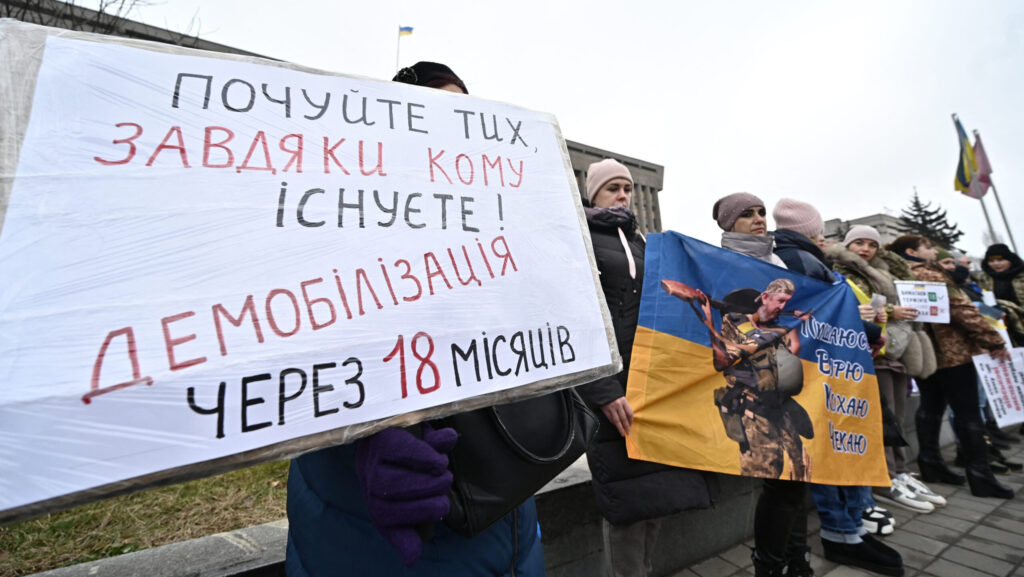The assemblies of the new local governments elected in June will officially be formed on 1 October across Hungary, including in the capital, Budapest. The campaign and the election were perhaps the most exciting ever since 1990, when the first free municipal elections were held in the country after the fall of communism. What makes this year’s elections truly unique is their outcome: never before had the results been so close, with the final tally only becoming clear a month later. Chaos is set to reign in the new assembly, with the old order upended, new forces in play, and no majority for anyone. So, how will it still function?
The Results
Two relatively new political forces put forward party lists in Budapest, challenging both the traditional right-wing and left-wing formations that indeed suffered some losses, but Fidesz still managed to win first place and secure victory. The ‘traditional’ liberal left, led by Mayor Gergely Karácsony, on the other hand, suffered a devastating defeat, coming in third with just 16.6 per cent of the vote. Here is the breakdown of the final results:

As we can see, the progressive-liberal Momentum even failed to reach 5 per cent in progressive-liberal Budapest, which mirrors the broader European trend of the collapse of woke liberal parties (Macron, the German FDP, and the over 20 per cent shrinkage of the European liberal RENEW faction, etc.).
Thus, five political forces will enter the new Budapest Assembly: Fidesz-KDNP with 10 mandates; Hungary’s new liberal opposition, the Tisza Party, also with 10 mandates; the old left with Karácsony’s coalition having 6 representatives; the urbanist-technocratic movement led by Dávid Vitézy, and the liberal joke party, the Two-Tailed Dog Party that both secured 3 seats.
It’s easy to calculate that since the Assembly has 32 members, plus the Budapest Mayor, which makes it 33, a majority requires 17 representatives. And this is where things get complicated.
What’s certain? Two things: one, there is no way Fidesz can have a majority, as they won’t cooperate with liberal or left-wing parties, and two, neither can Gergely Karácsony’s coalition on its own.
What’s almost certain? The Assembly won’t dissolve itself (at least not until the 2026 general elections), as it’s no one’s political interest, least of all of the people of Budapest.
So let us look at the difficult path that leads to that magic number, 17. First, as much as they may not want to, and as difficult as it is for them, the Tisza Party must take the lead and organize the process, as they have the most members on the left. Why is this uncomfortable for them? Because their entire populist, demagogic message was that they are new and different from the rest. This campaign message resonated well in the tough European economic climate and with the disillusioned left-wing voters of Budapest, turning the Tisza Party from a balancing power to the actual balance itself. This is bad news for them, as they can no longer pose as a militant blocking minority, but must become the left-wing centre, forced to negotiate, make deals, and strike murky backroom agreements—therefore the illusion of voters that the Tisza Party is ‘the third way’ will soon evaporate.
What are the Possible Scenarios?
- 10 Tisza + 3 Two-Tailed Dog + 3 Párbeszéd representatives (The list led by Gergely Karácsony is actually the list of three left-wing parties: DK, MSZP (the Hungarian Socialist Party), and the (practically non-existent) Párbeszéd (Dialogue); of the six representatives who were elected, three are Párbeszéd politicians, who, as opposed to the DK and MSZP ones, are not strongly opposed to the Tisza Party) + Karácsony as Mayor.
This seems to be the most likely scenario (in fact, a few days ago, Karácsony and Péter Magyar met for a chat) and would perhaps be the most comfortable solution for Karácsony. But the question is whether anyone besides him would want this to really happen. With a new force rising on the Hungarian left, Karácsony has become politically dead, kept on life support for five years by the mayoral seat he barely won by 293 votes. It is clear that he will never again become the opposition leader or a prime ministerial candidate. His backers have lost interest in him, and he is no longer protected; thus, the left-wing media have also started to attack him. Being in an informal coalition with Tisza may shield him from these attacks.
- 10 Tisza + 3 Two-Tailed Dog + 3 Vitézy Dávid representatives
This might seem to be the most comfortable option for the Tisza Party: a ‘joke party’ and another new, outsider force. However, there are two problems with this. First, Karácsony and his six representatives would remain a strong, separate group, with no real incentive for the mayor to grant his vote to the Tisza–Two-Tailed Dog–Vitézy formation. So he could easily torpedo this alliance: he could switch to ‘kamikaze mode’, boycotting and vetoing all the proposals of this potential coalition. In fact, the Mayor of Budapest has unlimited veto power and is the only one who can propose candidates for the positions of Deputy Mayor and the leaders of municipality-owned companies. The other issue is that Dávid Vitézy owes his position to Fidesz: as our readers may be aware, Fidesz withdrew its candidate, Alexandra Szentkirályi, in the last minute, and called on its voters to support Vitézy against Karácsony. (There has already been some messaging about this in social media between Szentkirályi and Vitézy, with the former implicitly reminding the latter that he owes Fidesz.) So, if Vitézy gets in bed with the left, he will be aligning himself with Fidesz’s new potential challenger, which could ultimately push him into a vacuum. Of course, he could try to appeal directly to Tisza Party voters, but that’s a risky game—he could quickly become a party functionary instead of an independent politician.
What Happens if No Majority Is Achieved?
All opposition parties are currently engaged in mouthing giant political platitudes about ‘cooperation on an issue-by-issue basis’, and ‘creating ad hoc majorities’, which none of them takes seriously. But what if this really happens? In this case, we could see an alliance of Vitézy’s 3, Two-Tailed Dog’s 3, and even some Karácsony representatives occasionally forming a blocking minority. But even without Karácsony’s people, Vitézy + Two-Tailed Dog Party could form a 6-member tandem that could practically paralyse the Assembly and dictate terms. In this scenario, every Karácsony representative would have to vote with Tisza, which is unimaginable given that DK, Ferenc Gyurcsány’s party, is part of Karácsony’s list. So, in reality, every issue would have to be painstakingly negotiated and reached a compromise on beforehand. With the left characterized by a truckload of egos, this won’t be easy. However, perhaps this would be the most favourable outcome for Fidesz, where they can showcase their competence, put forward good proposals, and demonstrate their intelligence and talent amid the chaos.
Where Are We Now?
The current situation is the result of voters having been grossly ignored. The people of Budapest actually voted for change: in fact, most Budapesters rejected the Karácsony-led alliance in the voting booths. This has not been acknowledged at all by the left, even though Karácsony himself scraped through with a very narrow victory and has few representatives in the Assembly. But now it seems that the backroom deals, and the distribution of positions, power, and money to incompetent cronies will continue to define Budapest’s leftist politics. In fact, the party with the most votes, and therefore with the greatest democratic legitimacy, Fidesz, has been entirely excluded from the assembly-forming negotiations, with the mayor not once reaching out to Fidesz in Budapest. This is sad, regardless of one’s political stance, considering that the new five-year term starts in just three weeks, and the residents of Budapest still have no idea who will be running their city.
What Fidesz can do is represent the will and interests of the people. They should focus on the everyday challenges of Budapesters: the potholes, the traffic jams, the buses running late, air pollution, and the rubbish in the streets.
All eyes are on Budapest; much is at stake for both the opposition and Fidesz. Prime Minister Viktor Orbán recently said that in the 2026 parliamentary election will be about the ‘competition of futures’. The main stage for this competition until 2026 will be Budapest, where everyone will have a chance to show what they are capable of.
Related articles:








